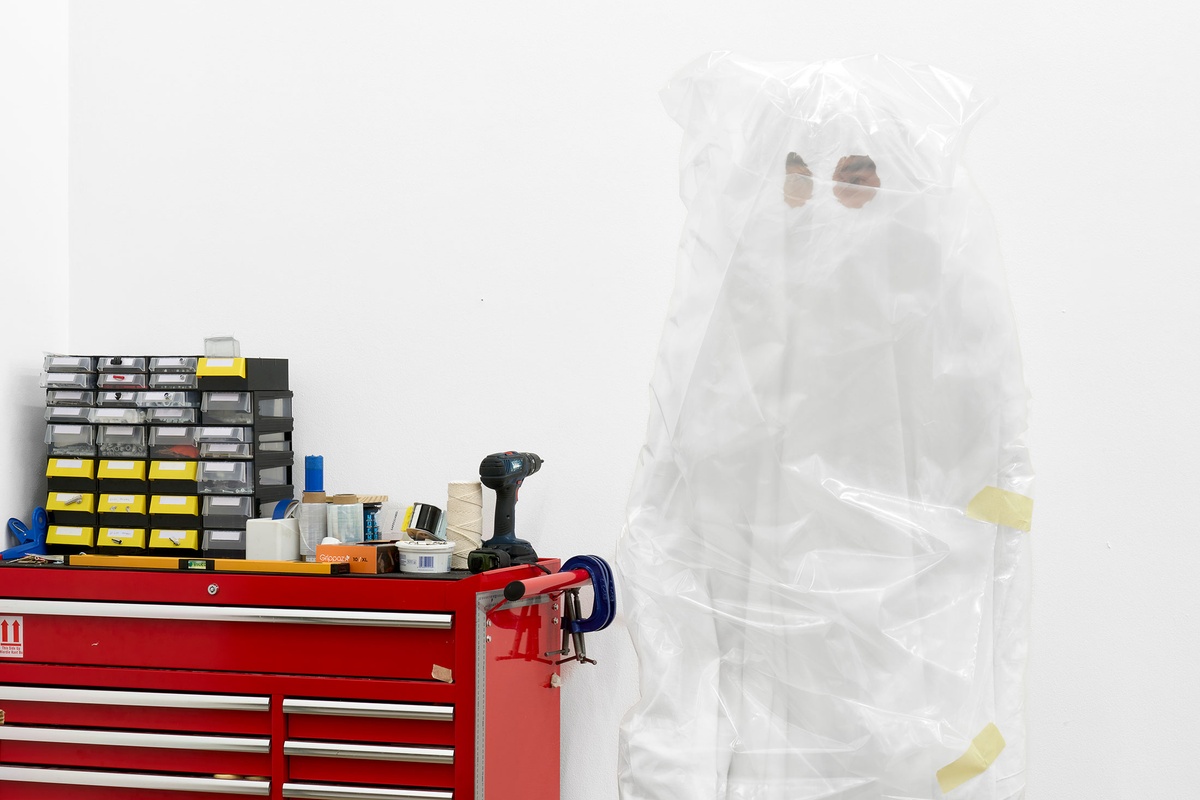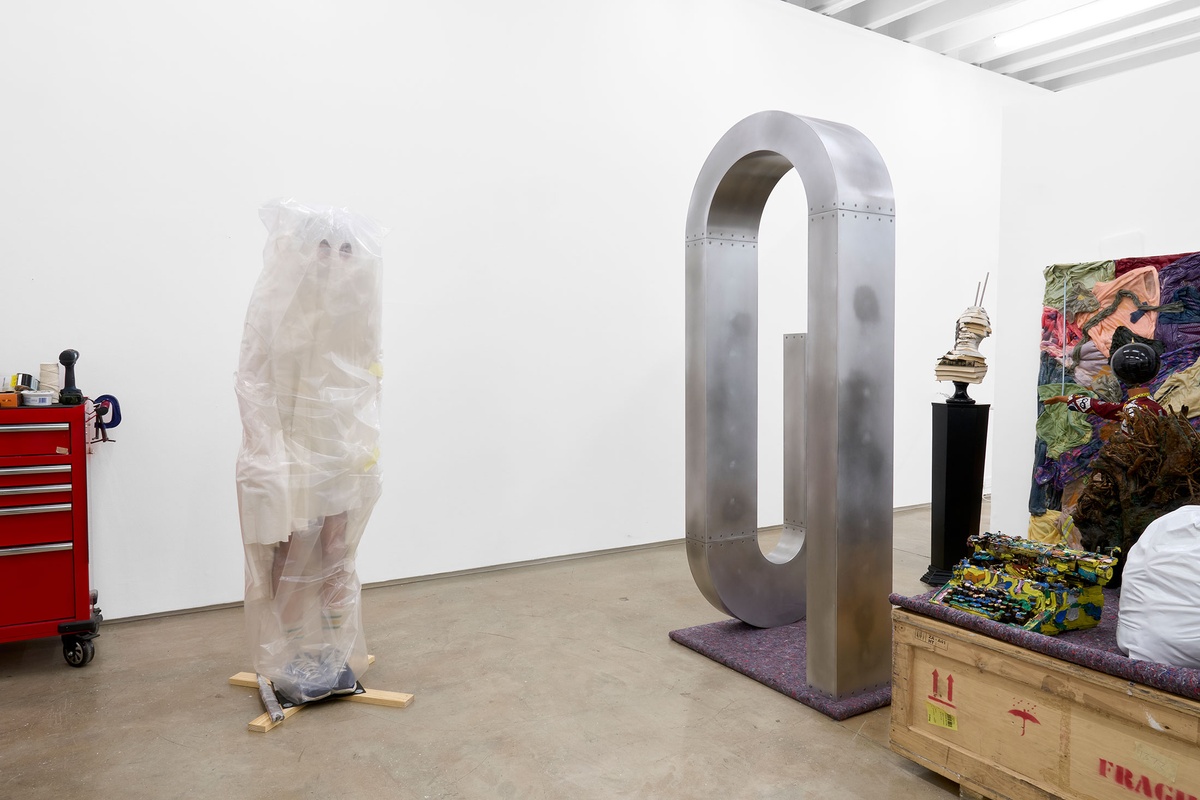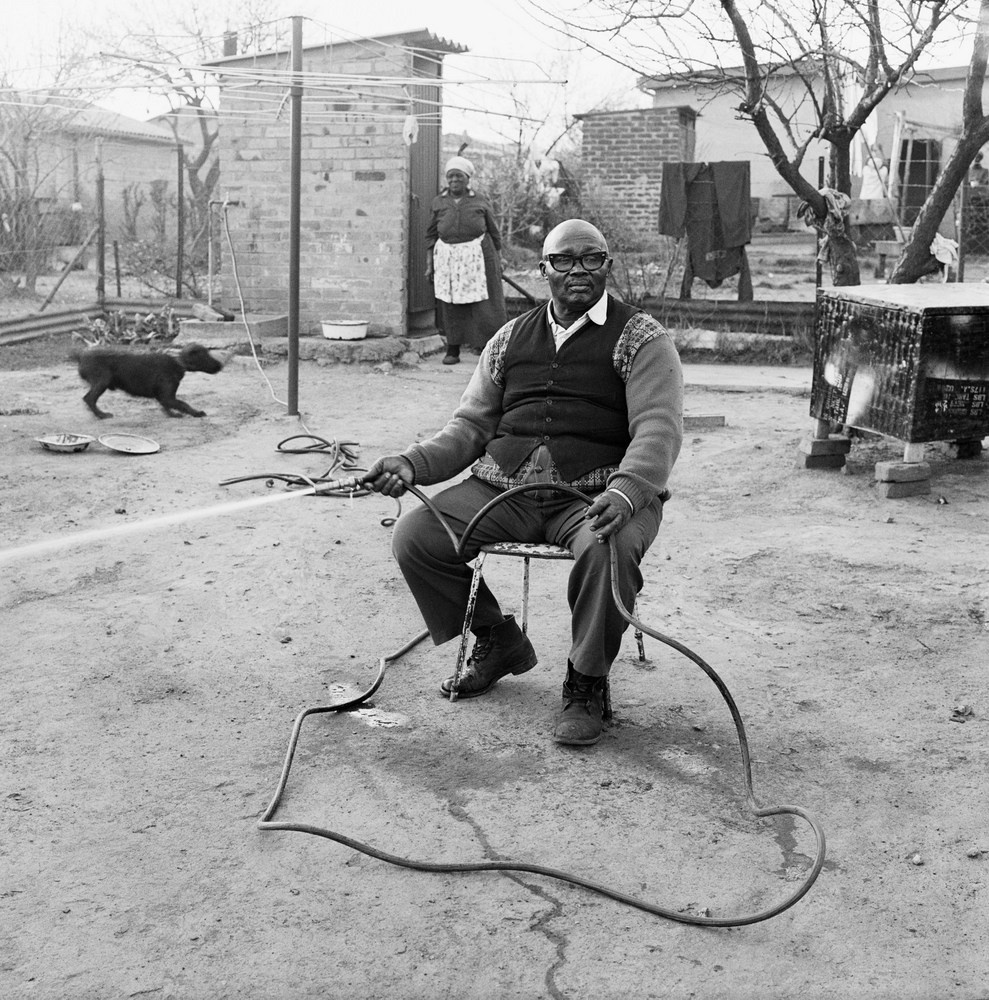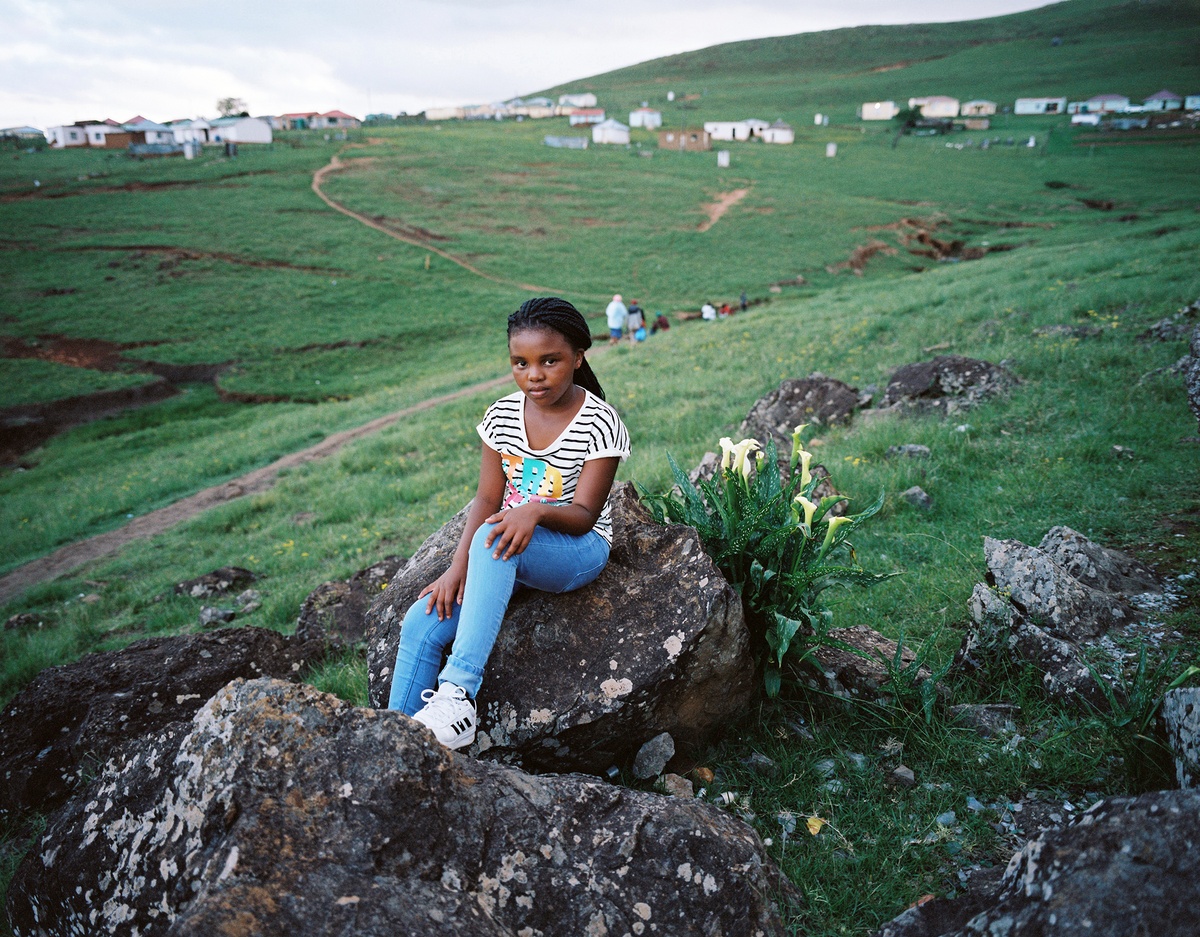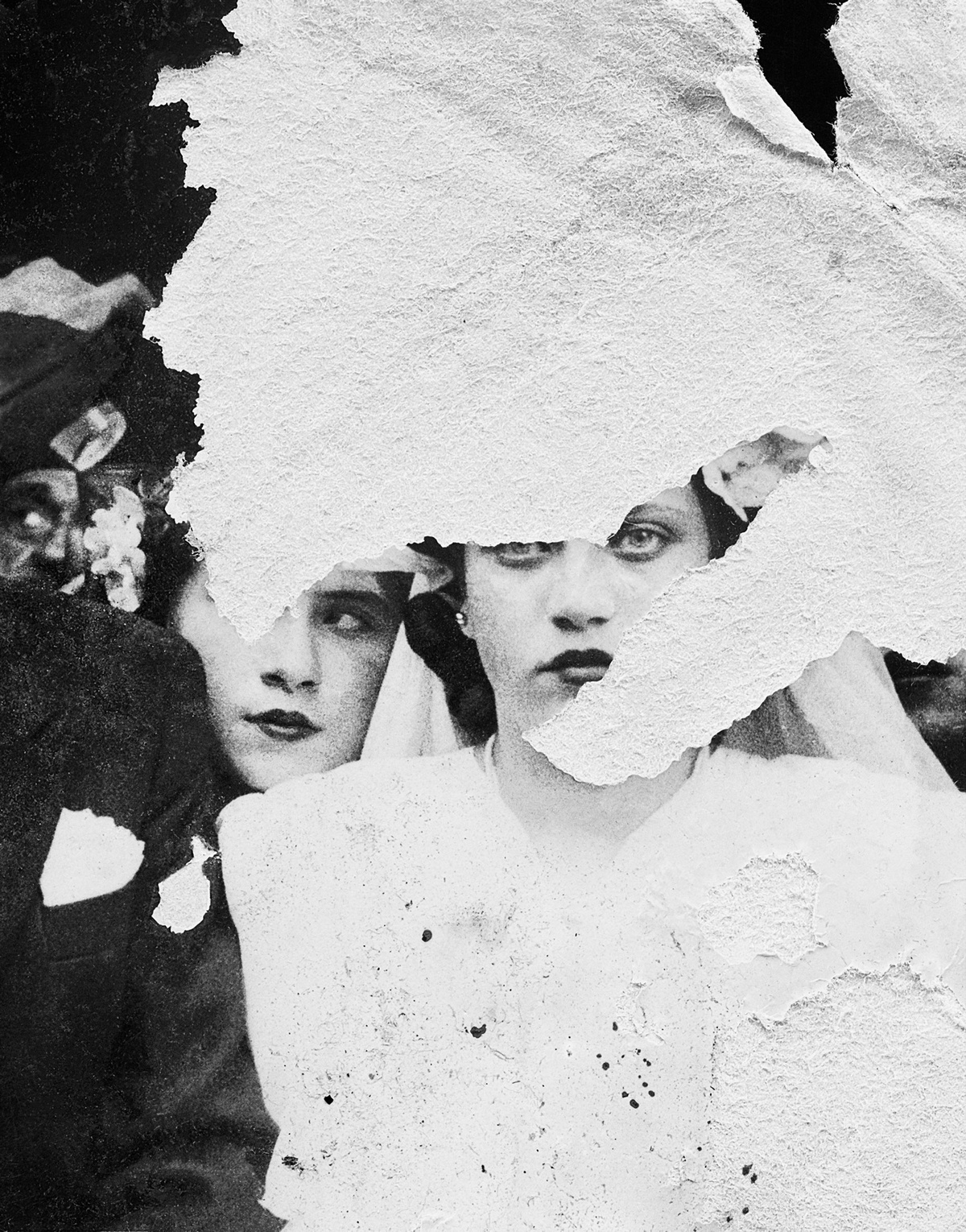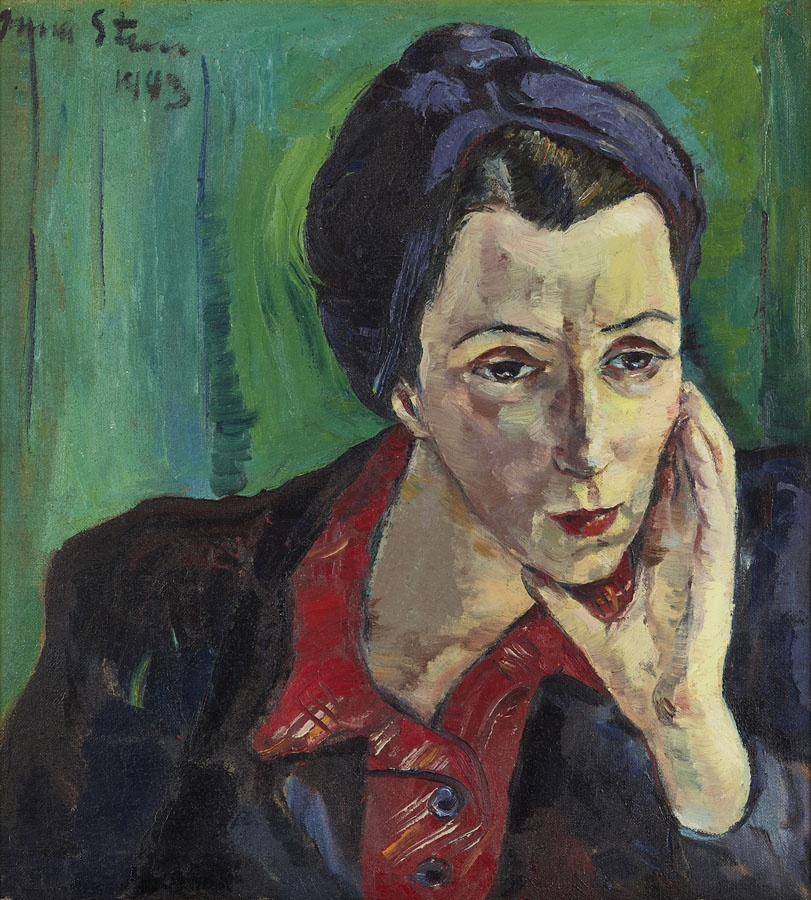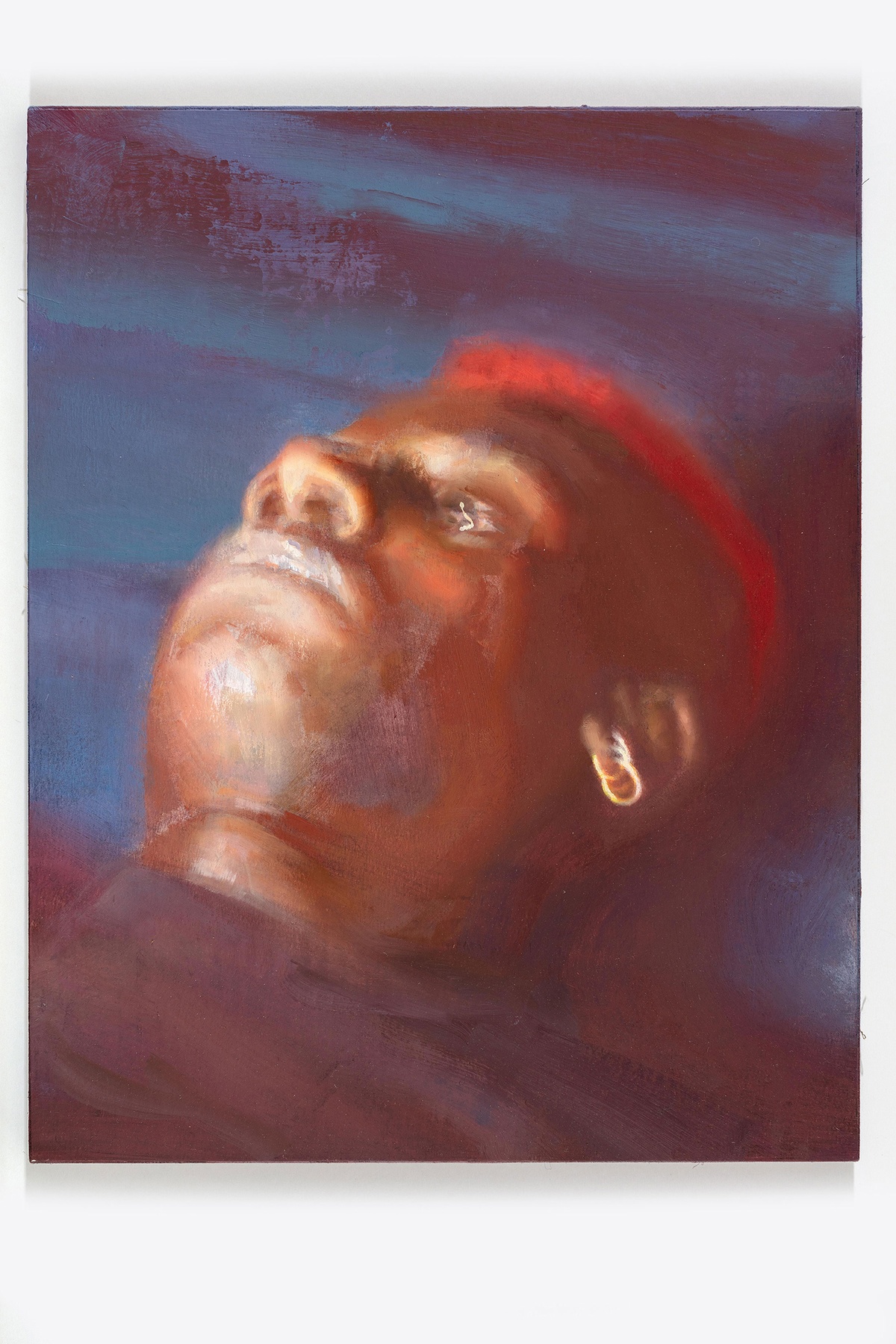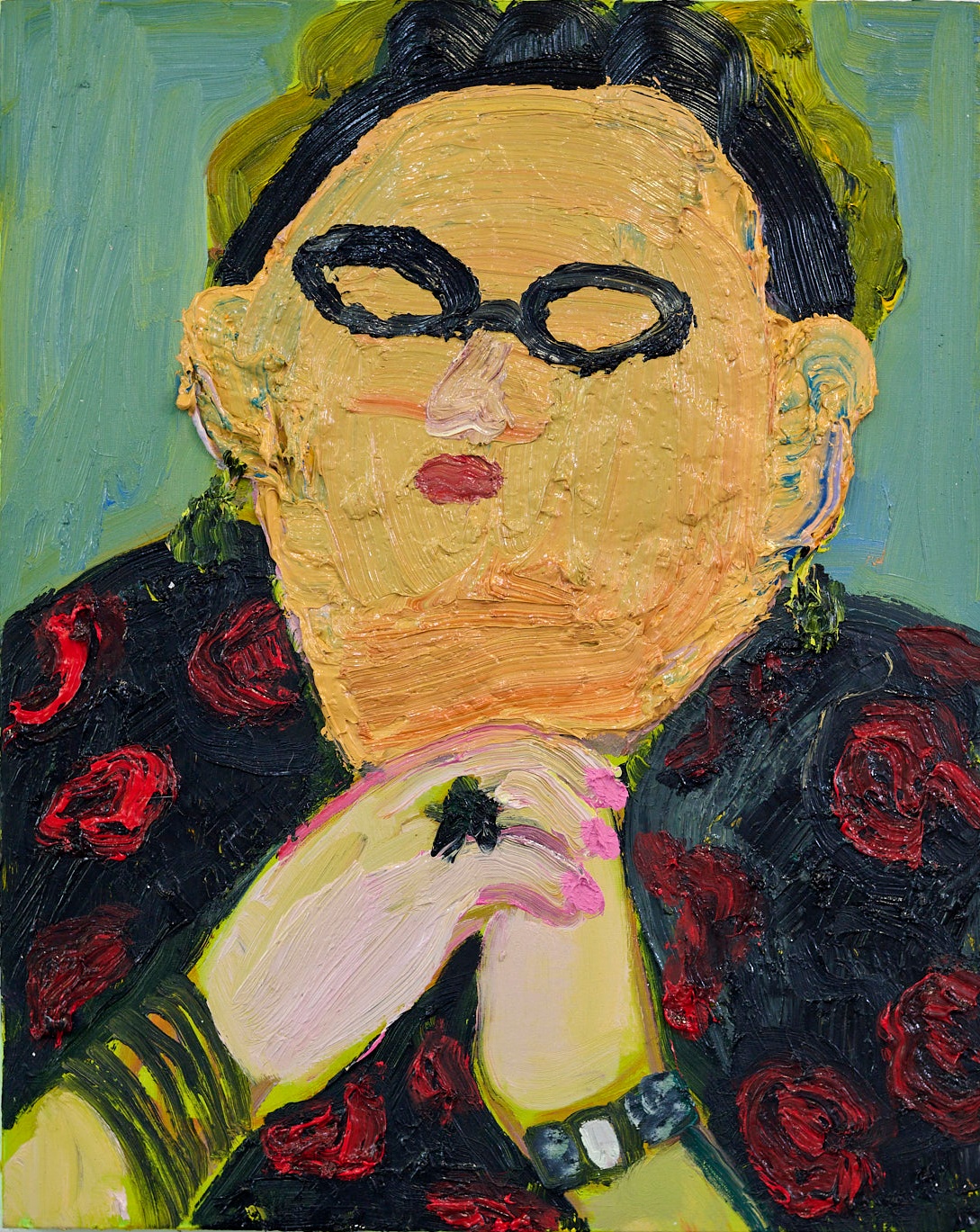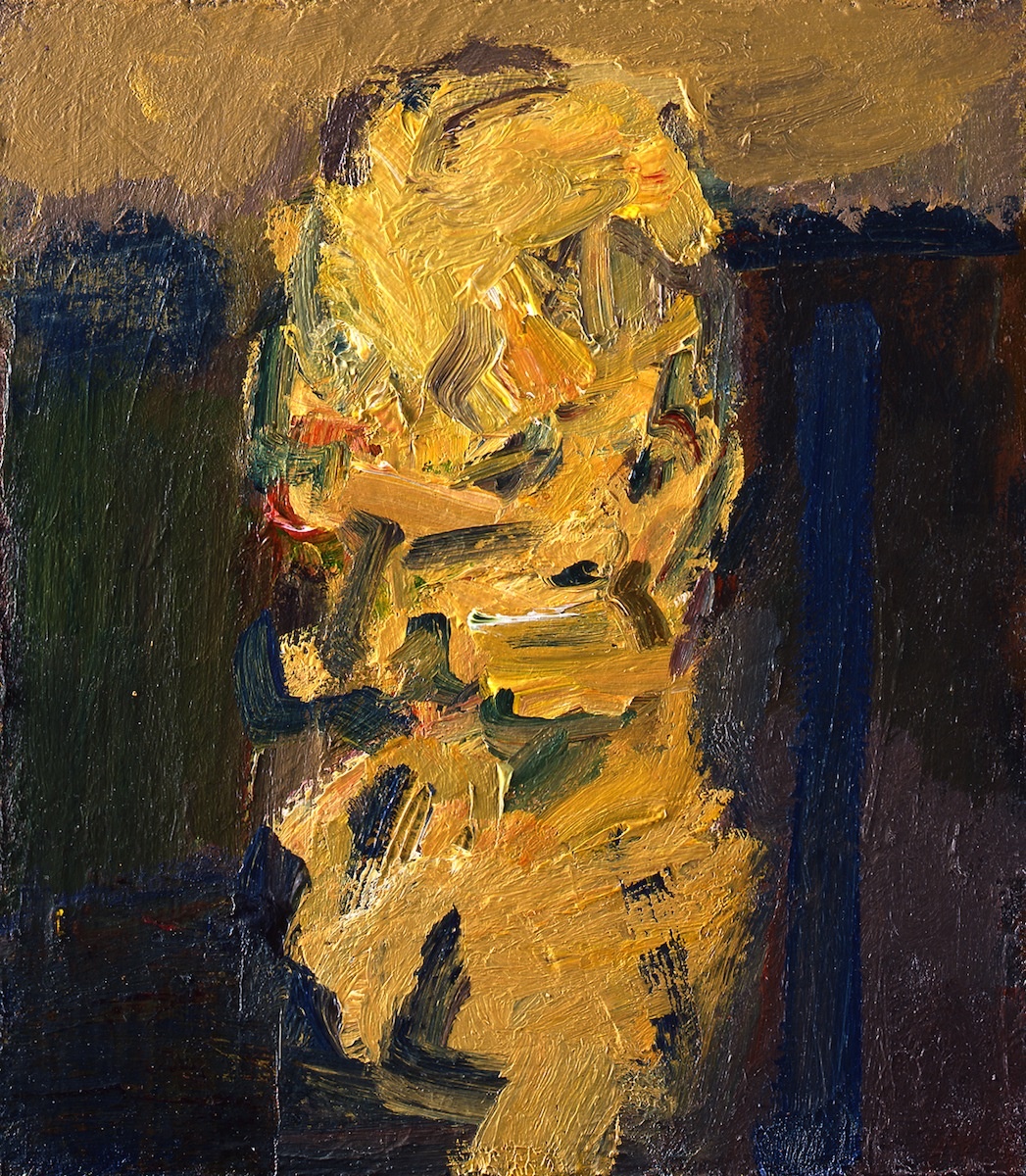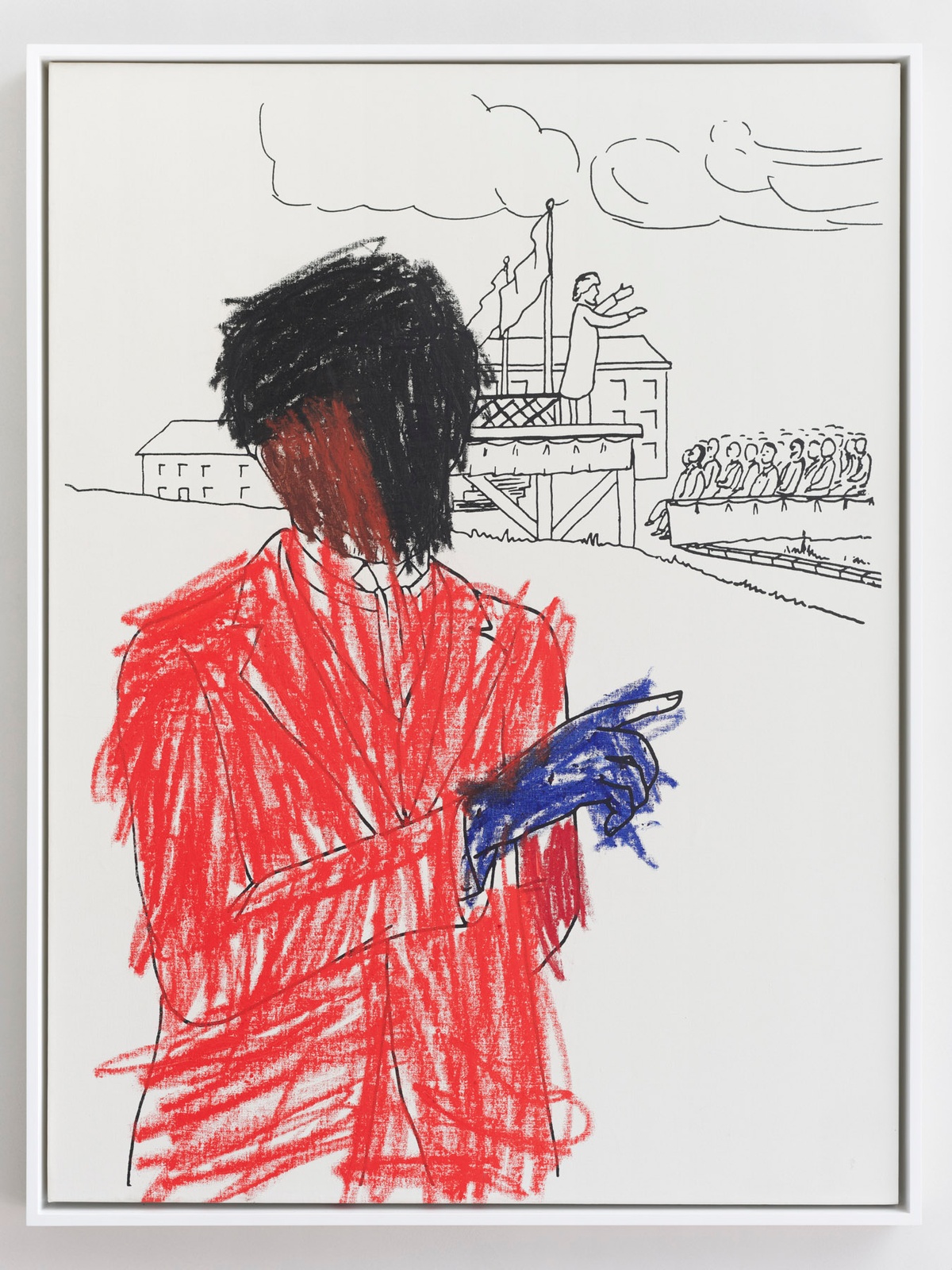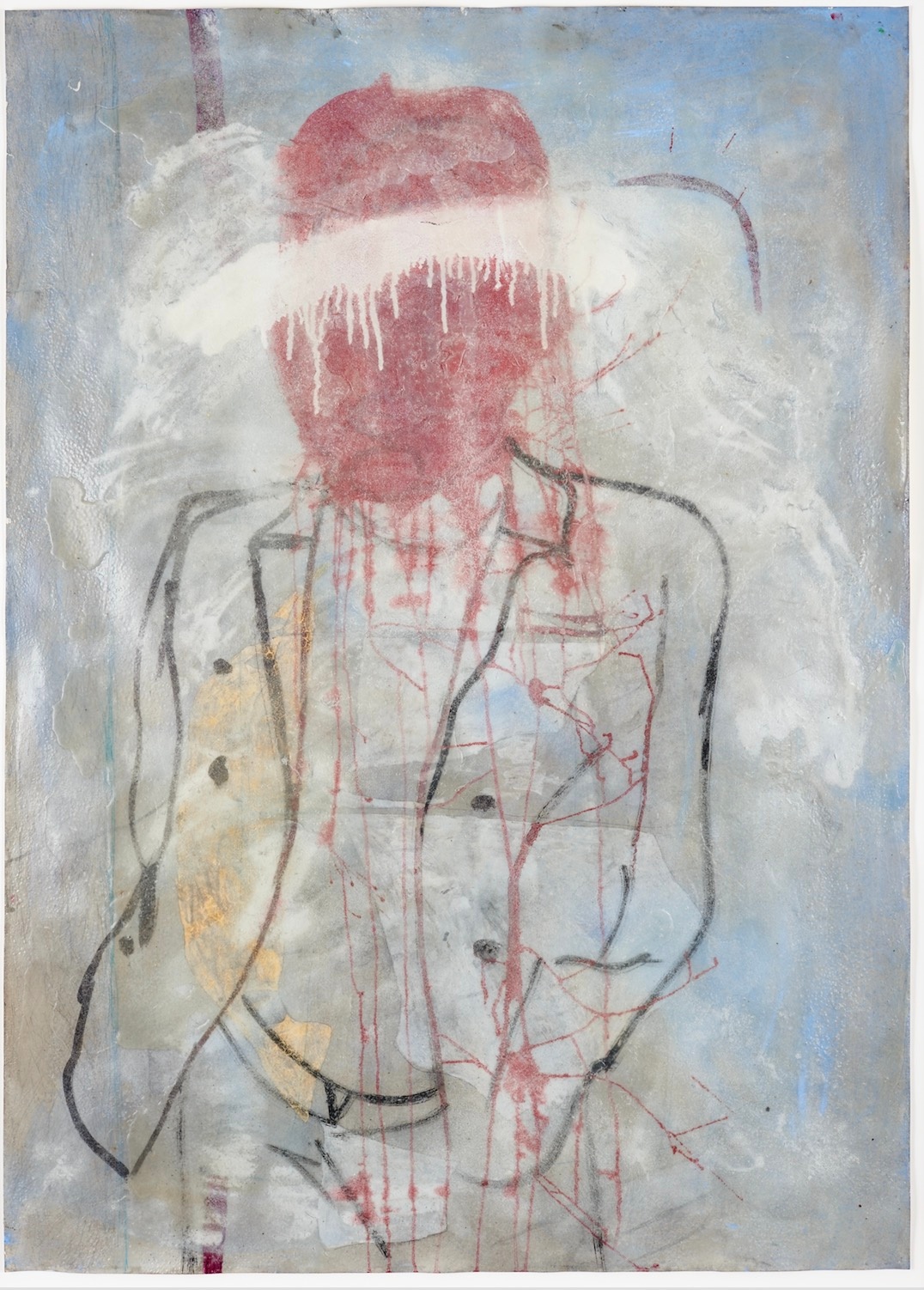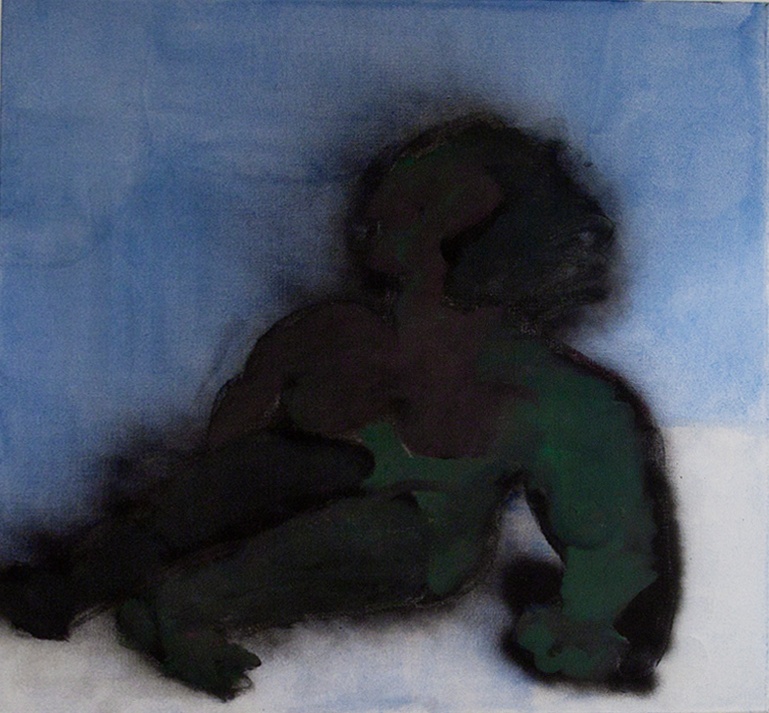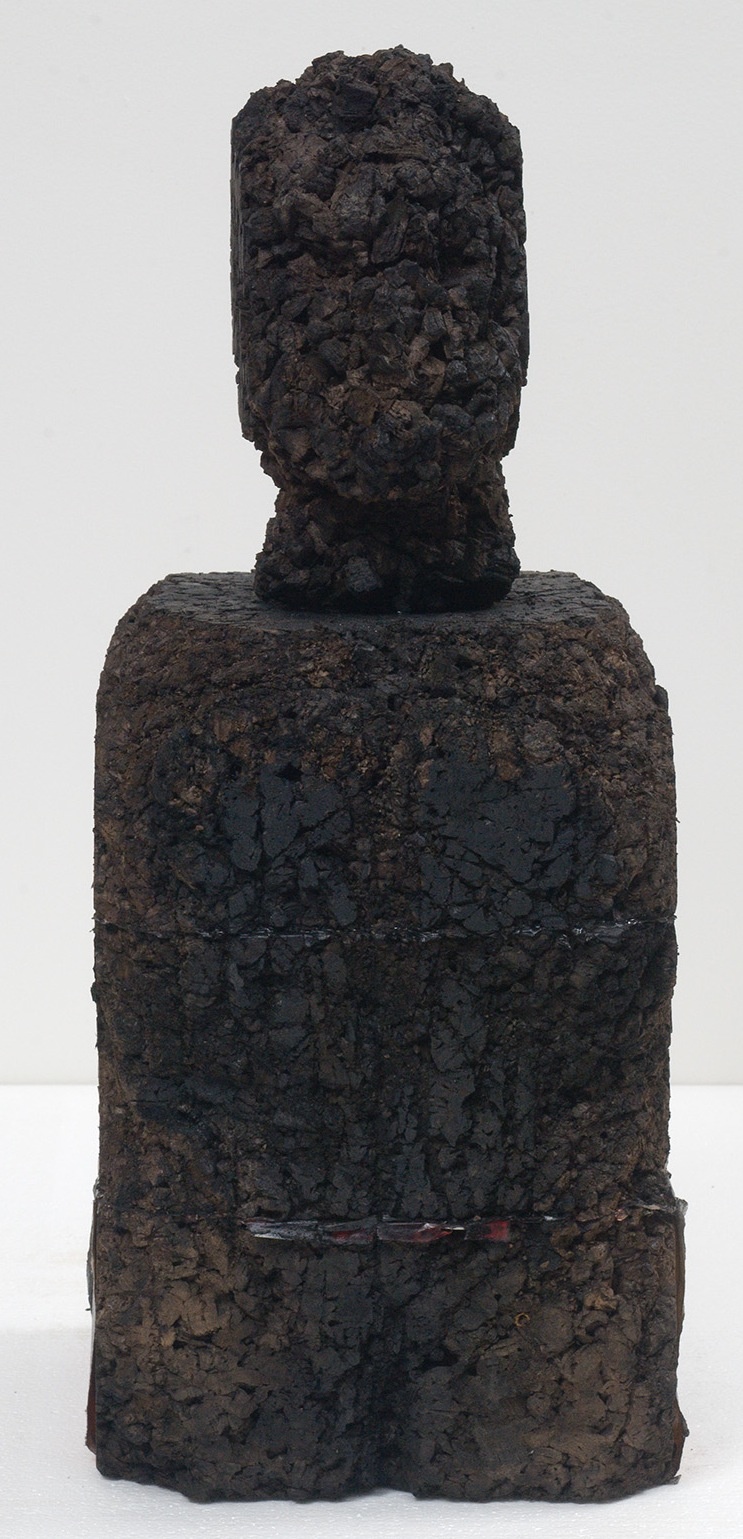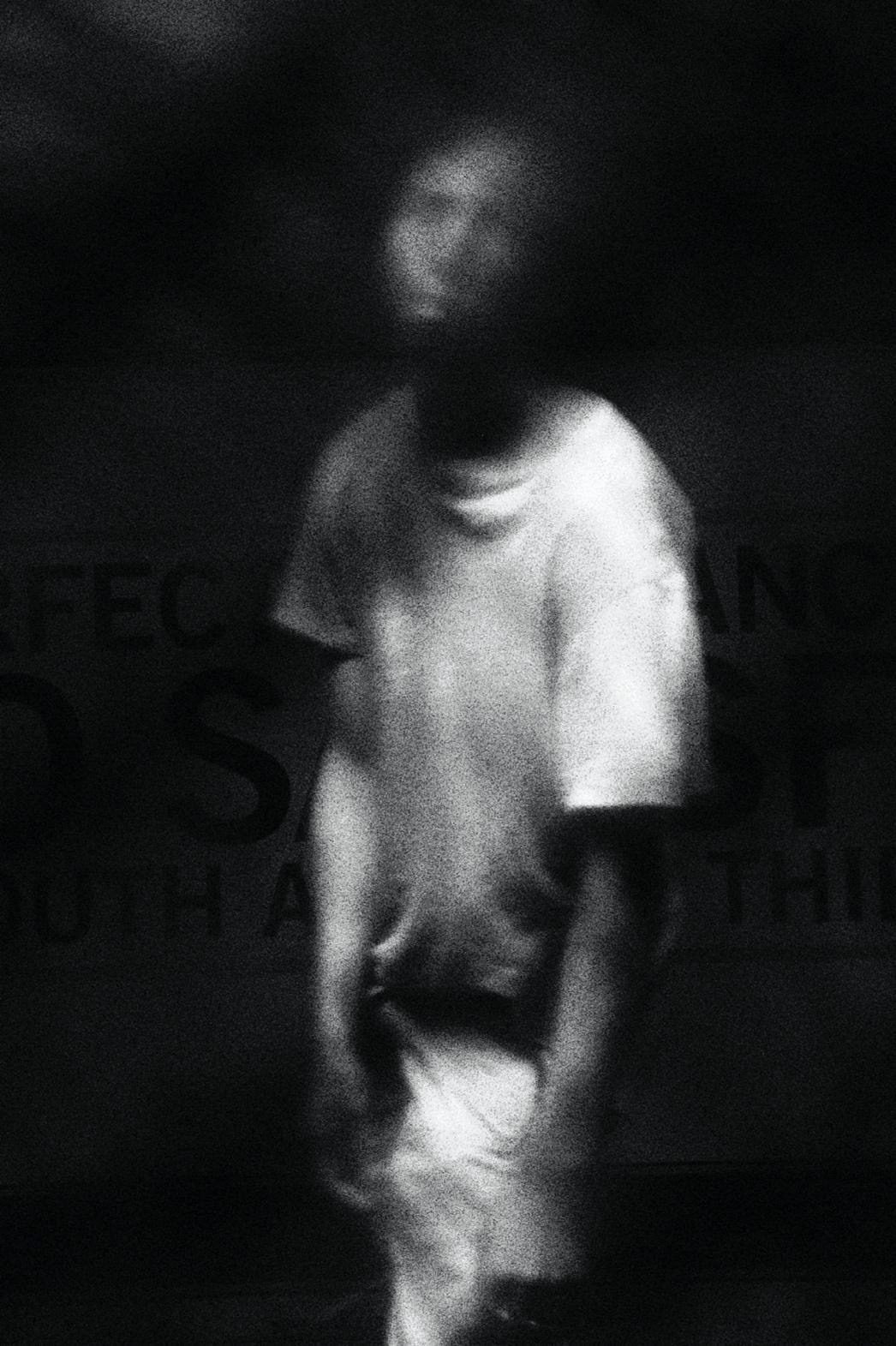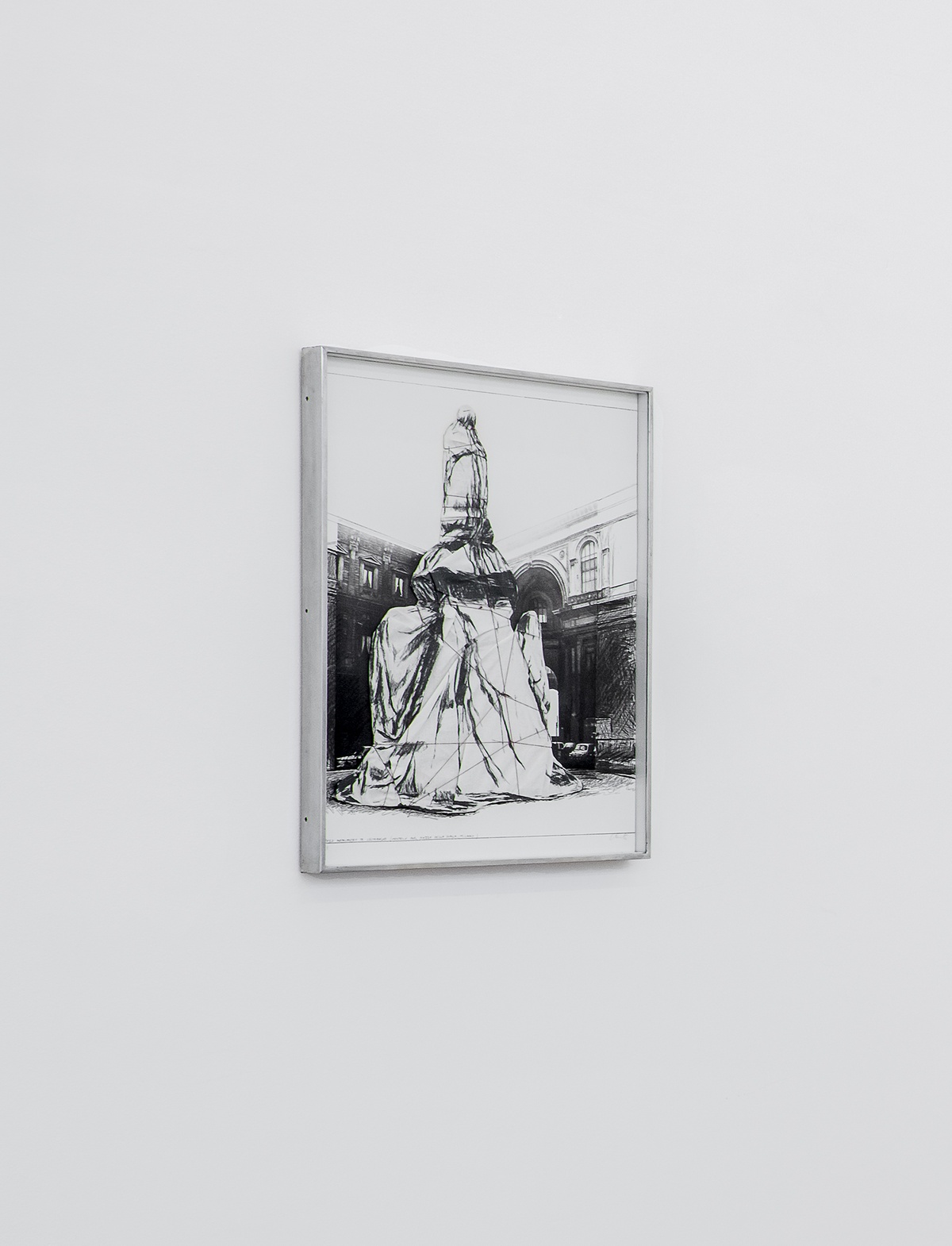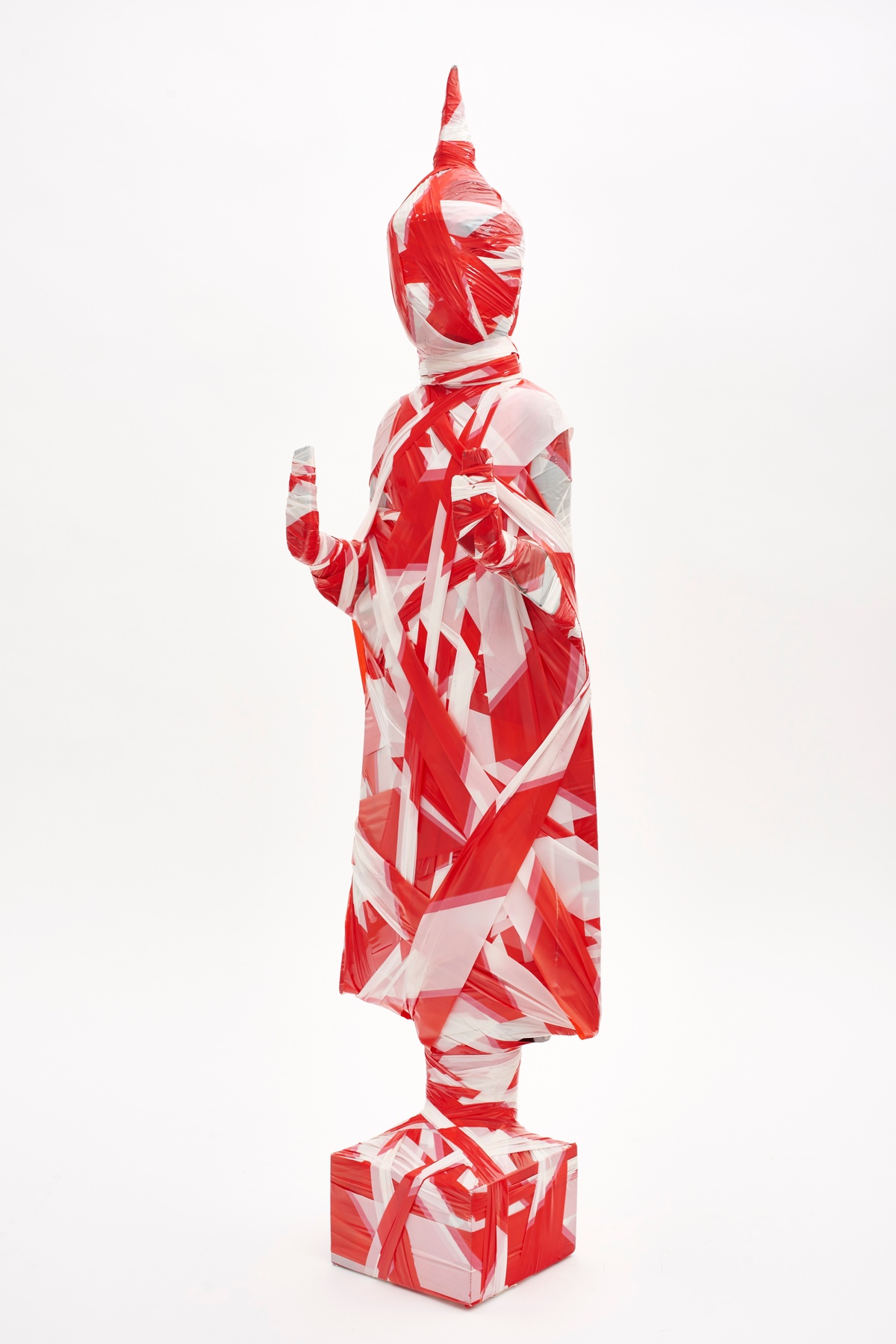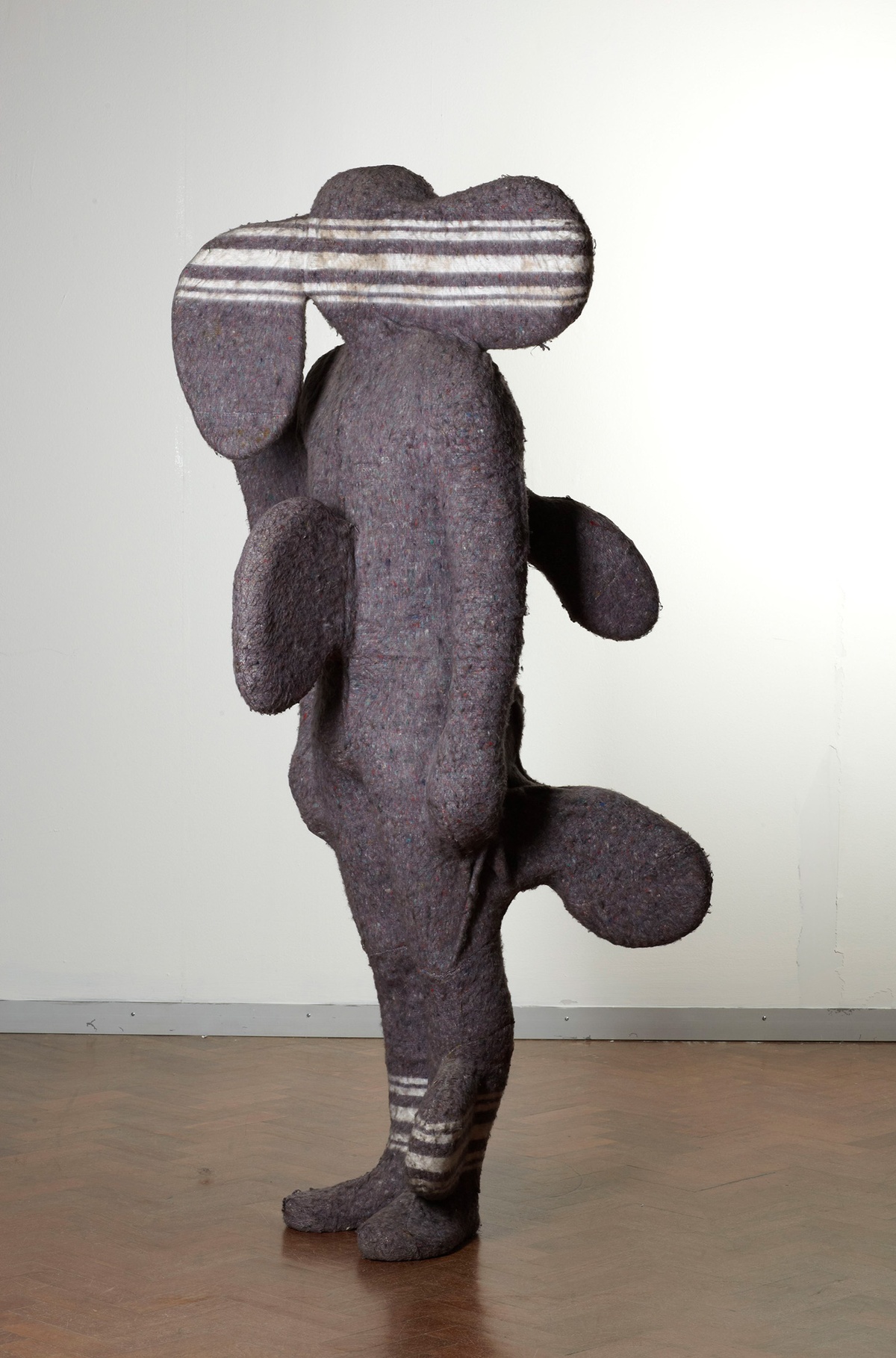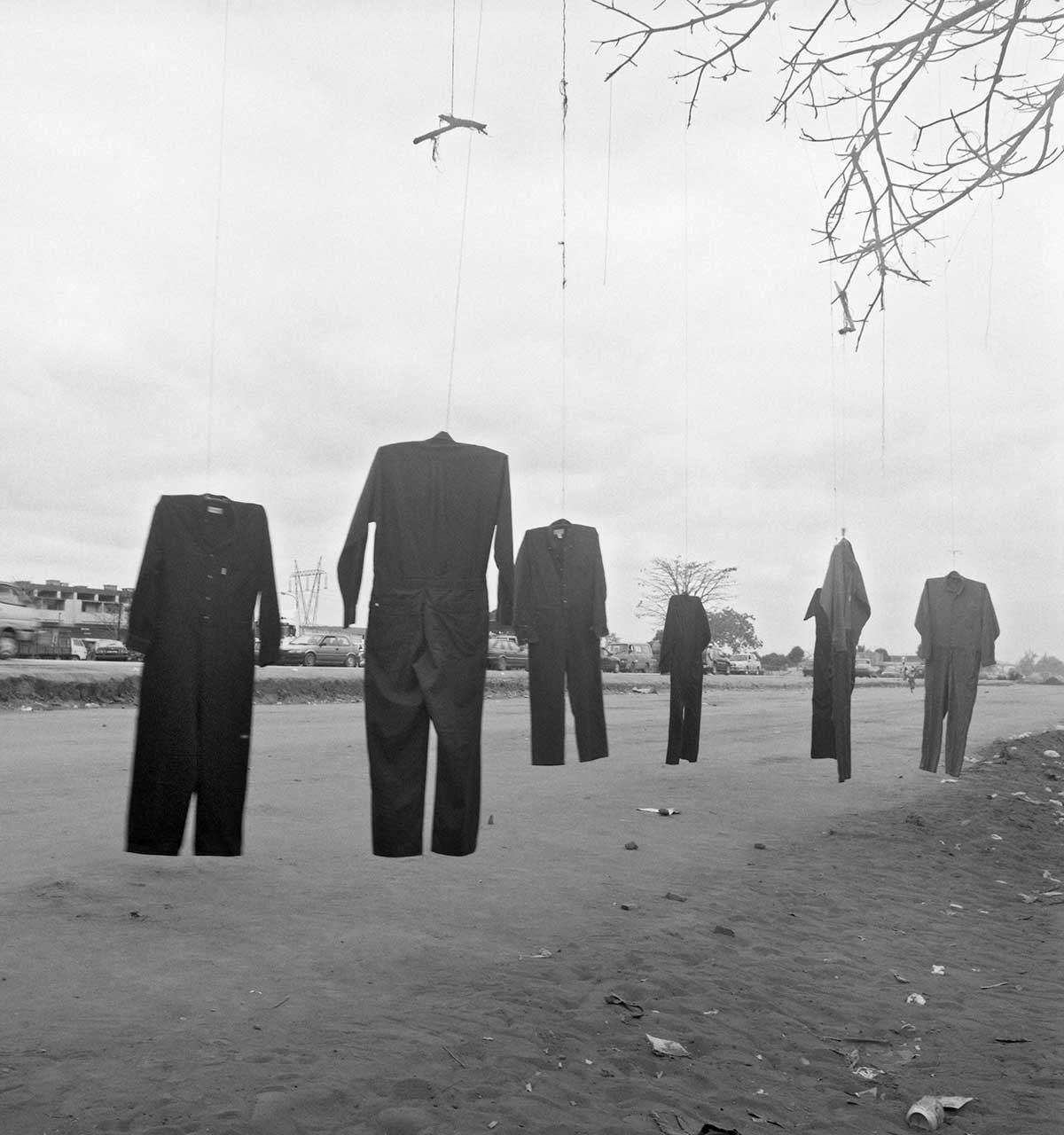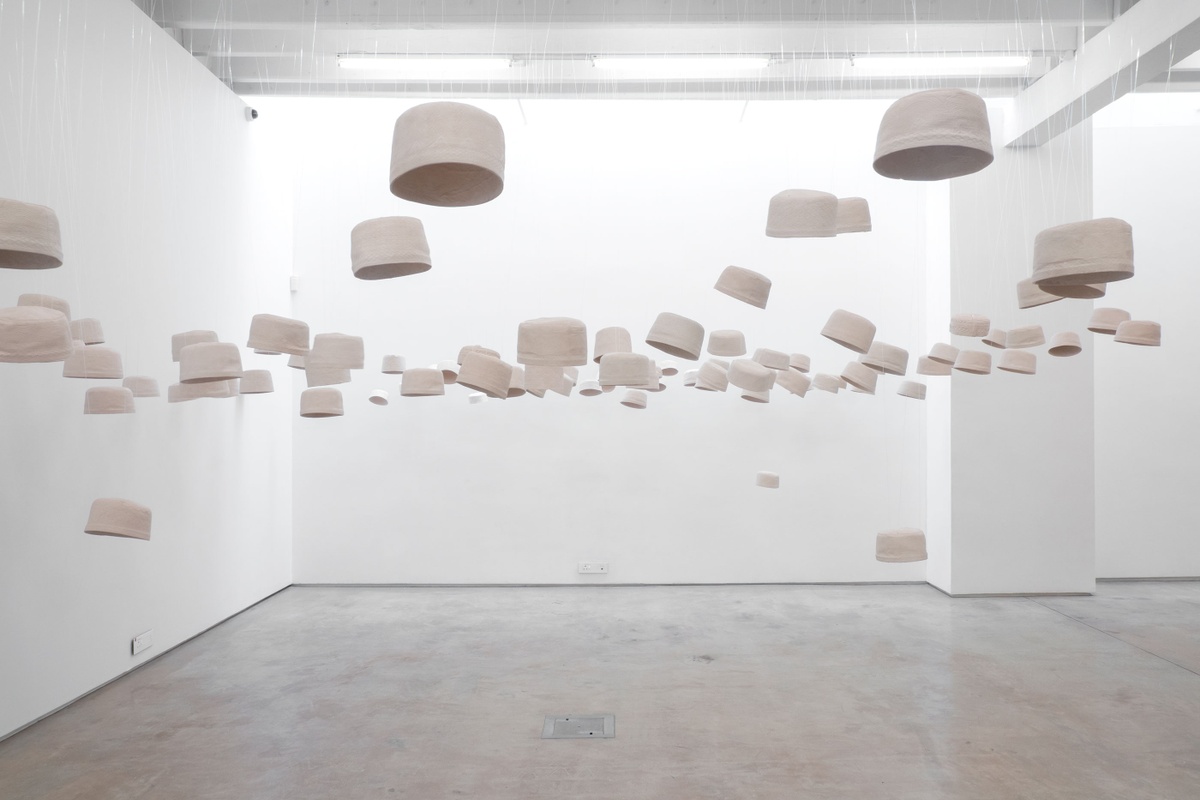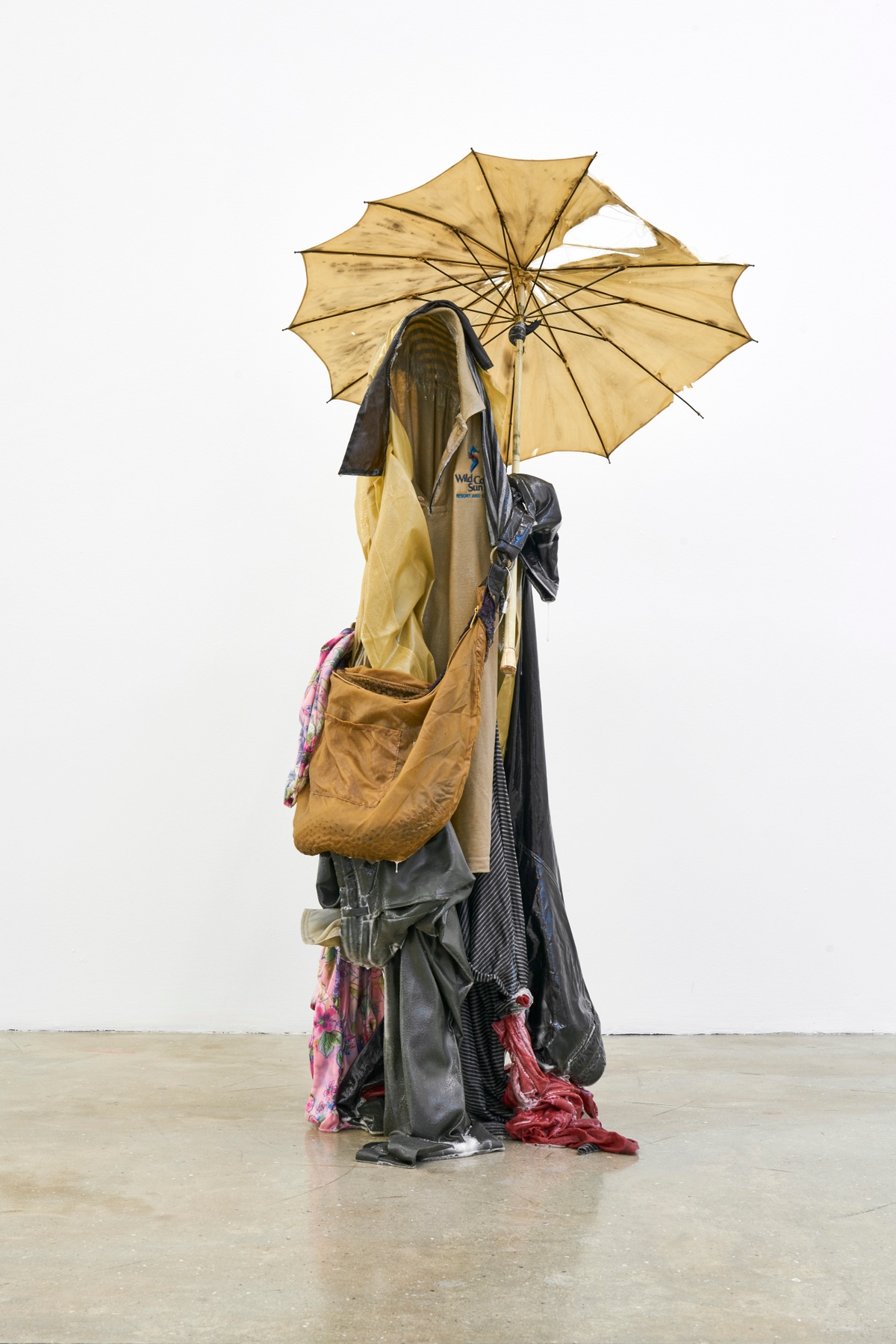Ed Young
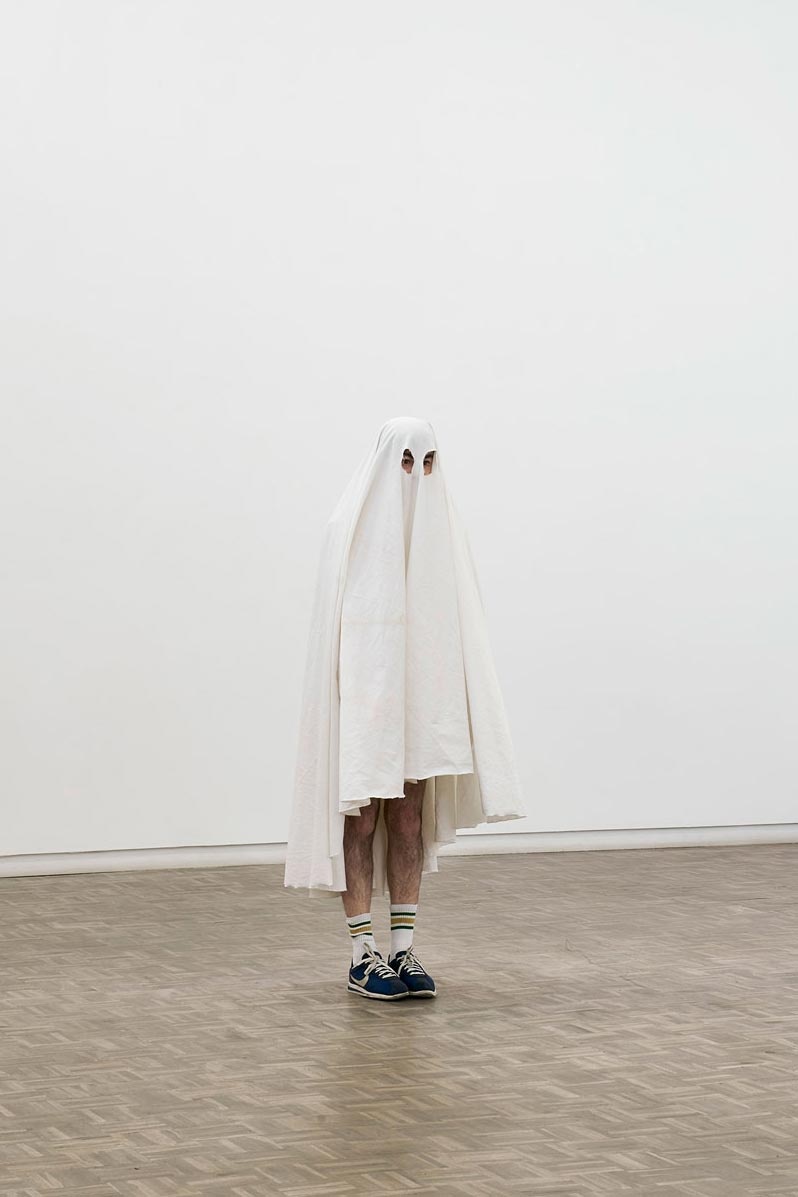
b.1978, Welkom
Ed Young established himself as a permanent fixture in Cape Town’s art scene and dive bars after his opening gambit in 2002, which set the tone for his career. Then a recent graduate, Young submitted a local bar owner, Bruce Gordon, to be auctioned at an art school fundraising event. The work, Bruce Gordon (Found Object [concept]), precipitated a bidding war, was purchased for a handsome sum, and later donated to the Iziko National Gallery. Much notoriety has since ensued from his irreverent critique and punk provocations, the artist often casting himself as the butt of the joke. “Young has been celebrated for his inability to adapt and has long since overstayed his welcome," he writes of himself, in the third person.
For the past ten years, Young’s work has loosely followed two forms: text-based prints, murals and billboards, and hyperreal, sculptural self-portraits. A third mode remains central to his artistic process and persona – that of performance. More often unannounced and understated, both durational and discrete, these gestures asked after “the question of how much work is work,” as Young said in conversation with Josh Ginsburg and Khanya Mashabela during WORK, a process project in A4’s Gallery. To this, he said of his collaborative friendship with Christian Nerf: “Like everything we were doing then, we were always trying to frame it as an artwork. It was a strange way of living.” He continued –
[W]henever I was in a new country I would go and find a karaoke bar and sing one specific song to an audience of none. That performance, that gesture, was constantly ongoing. For me, that work worked because no one knew about it, but I had to keep it in the same kind of vein, keep it consistent […] At the time, I was doing a lot of performances about doing nothing. While I was sitting with a bunch of students at Michaelis, I began thinking about what the most minimal and most effective gesture could be. I was still teaching – I think it was a performance elective. I would say to the students that for me, the ultimate performance would be to be invited to an international show to go to drink the wine, to be a spectator but to also be a performer, 'do nothing', and then to come back home. I did that a few times and people thought that was good. […] For me at the time, that was the ultimate work, the least amount of effort to do a very important thing, in my mind – probably not in other people’s minds. The thought was: when does the least become the most? And when does it become labour?
Parallel to this practice, Young is a founding and managing director of Eh!woza, an NPO that engages high school learners and young adults in areas affected by high rates of HIV and TB. “Equipped with accurate information,” the website reads, “beneficiaries are enrolled in creative workshops that provide technical skills, equipment, and conceptual guidance to produce documentaries, music, poetry and music videos that reflect the individual, social, and emotional cost of disease.”
